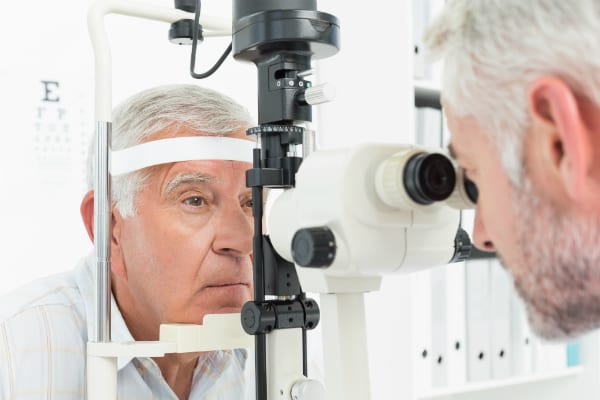What is Retinal Detachment?
In the simplest terms, the retina is the layer of light-sensitive tissue within the eye that conducts visual messages through the optic nerve and into the brain. In some cases, the retina can sustain small breaks or tears, or even be pulled fully from its normal position. This is known as retinal detachment, and is a serious issue that can lead to permanent vision loss if not promptly diagnosed and treated.
What are the Risk Factors?
Detachment of the retina can happen to anybody, but certain factors put you at higher risk. In particular, white males over 40 are more susceptible to the condition. However, there are other characteristics that can make you more prone to developing this condition:
- Suffering an eye injury
- Having other eye disorders or diseases
- Having undergone cataract surgery
- Suffering from nearsightedness
- Having a family history of the condition
- Having the condition in your other eye
If you have one or more of the risk factors listed above, you should be very attentive to the signs and symptoms of retinal detachment and seek prompt medical attention at the earliest opportunity.
What are the Signs and Symptoms?
Detachment of the retina is a medical emergency indicated by the following warning signs:
- The appearance of a “curtain” in your field of vision
- Flashes in the eye
- An increase in the number of “floaters” (little floating specks) in your field of vision
If you find yourself experiencing one or more of these symptoms, don’t hesitate: seek medical attention right away. Timeliness may be the only thing standing between you and the irreversible loss of your eyesight.
What Are the Different Forms of the Disorder?
Detachment of the retina falls into three main categories:
Rhegmatogenous: This is when a fissure in the retina allows fluid to get underneath it, causing it to separate from the retinal pigment epithelium (RPE). This is the most common form of the condition.
Tractional: This is when scar tissue on the retina causes it to separate from the RPE and is a less common form of the condition.
Exudative: This is when fluid leaks into the area beneath the retina but there are no fissures in the retina. It’s commonly caused by inflammatory diseases of the retina and trauma to the eye.
How is the Condition Treated?
At Florida Eye Specialists and Cataract Institute, your eye health is our number one priority. When a patient comes to us with the symptoms of a detached retina, we don’t waste any time. At our clinic, one of our retina specialists will address your condition with one of two procedures: laser surgery or a freeze treatment.
In laser surgery, a series of tiny burns is made around the hole in your retina to “weld” it back into its original position. In the freeze treatment (also known as cryoprexy) we freeze the area surrounding the hole to anchor it in place where it belongs. These procedures are generally performed in a doctor’s office on an outpatient basis. However, more severe cases may require more invasive inpatient surgery.
Our retina specialists are among the best in their field, and with prompt treatment, as many as 90% of patients can expect to recover their vision. Treatments can sometimes fall short and the outcome may be less than desired if you delay seeking medical attention, which is why it’s imperative to see a specialist as soon as possible so we can begin intervention.
Your senses are all precious, but none are as delicate or as irreplaceable as your sight. That’s why we urge you not to take your vision for granted, and to see a doctor if you have any unusual vision problems.
Please note that the above article was for informational purposes only and should not be considered a substitute for medical care. If you have any questions or wish to schedule an eye exam, please contact us at Florida Eye Specialists and Cataract Institute.



